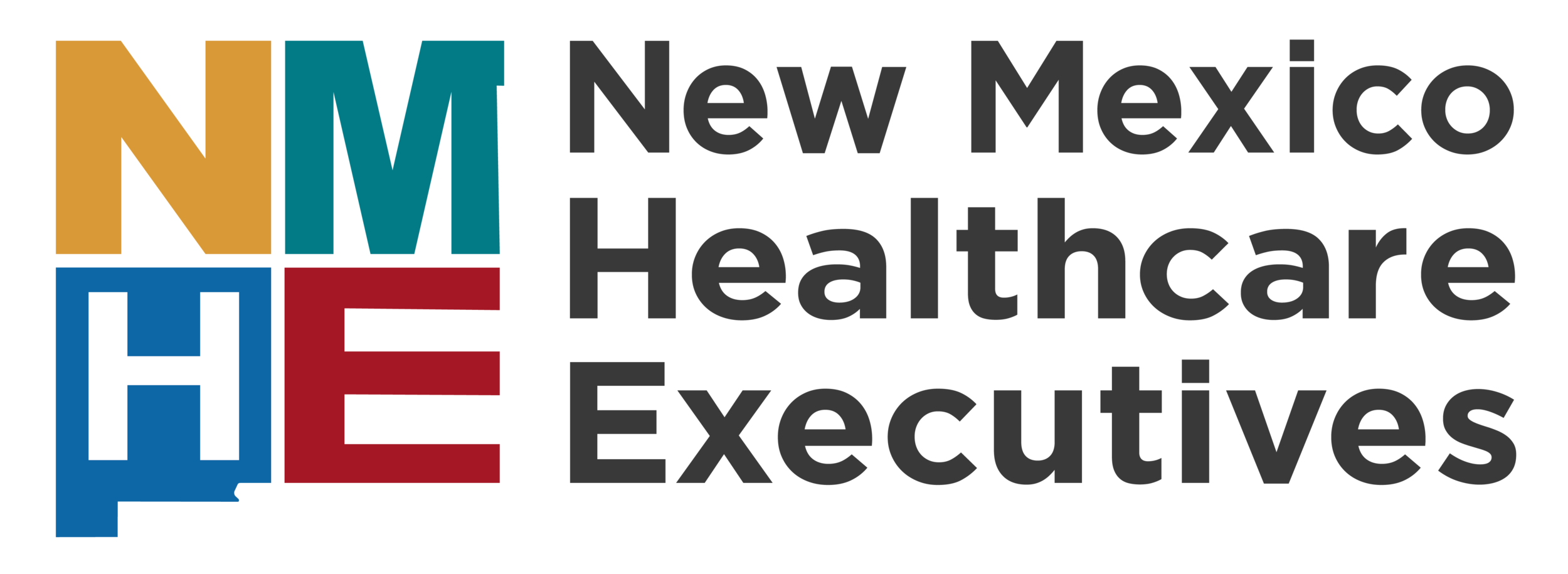Prepared for: Agency for Healthcare Research and Quality, U.S. Department of Health and Human Services
Authors: The Disparities Solutions Center; Mongan Institute for Health Policy; Massachusetts General Hospital; Abt Associates; Joseph R. Betancourt, MD, MPH Director, Disparities Solutions Center; Megan R. Renfrew, MA Senior Project Coordinator, Disparities Solutions Center; Alexander R. Green, MD, MPH Associate Director, Disparities Solutions Center; Lenny Lopez, MD, MPH, MDiv Senior Staff, Disparities Solutions Center; Melanie Wasserman, PhD, Abt Associates.
Citation: Betancourt JR, Renfrew MR, Green AR, et al. Improving patient safety systems for patients with limited English proficiency: a guide for hospitals. (Prepared by the Disparities Solutions Center, Mongan Institute for Health Policy at Massachusetts General Hospital and Abt Associates, Cambridge, MA, under Contract No. HHSA290200600011I). Rockville, MD: Agency for Healthcare Research and Quality; July 2012. AHRQ Publication No. 12-0041. September 2012.
Resource type: Evidence-based report/guide
Link to resource: https://5536401f-20a1-4e61-a28e-914fb5dcef51.filesusr.com/ugd/888d39_660e7efa6bbb43bca94fa1b7054b56ba.pdf
From resource: The goal of this guide is to help hospital leaders better understand how to address the issue of patient safety for limited-English-proficient (LEP) and culturally diverse patients.1 The guide can help hospital leaders:
Foster a Supportive Culture for Safety of Diverse Patient Populations.
Adapt Current Systems To Better Identify Medical Errors Among LEP Patients.
Improve Reporting of Medical Errors for LEP Patients.
Routinely Monitor Patient Safety for LEP Patients.
Address Root Causes To Prevent Medical Errors Among LEP Patients.
